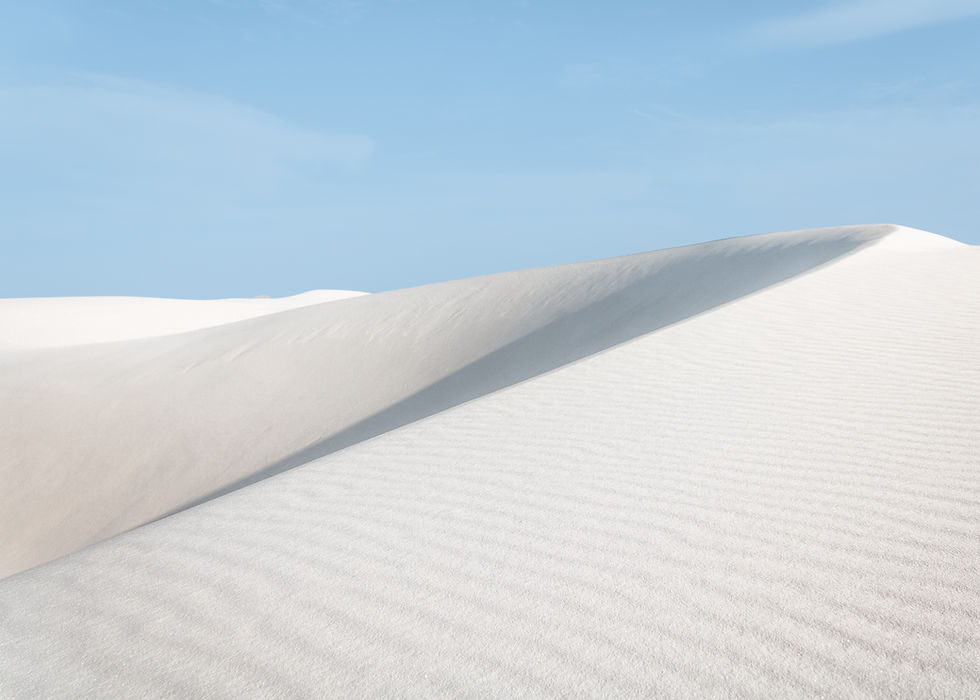

TASK 1:
*RESEARCH:
The common conventions of the following film genres:
Horror:

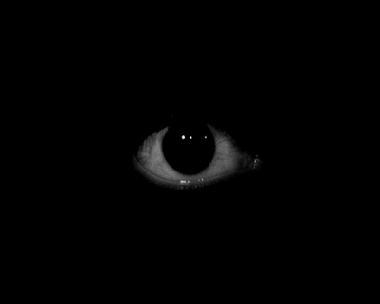



Horror films are a film genre that explore and go after dark, evil and spooky themes, subjects and storylines, for entertainment purposes, in attempt to input disgust or fear in the audience.
The most common convention of this film genre is the use of lowkey, dark lighting. This is very effective because it makes the audience feel unedge. Also, unlike high key lighting, it's less revealing giving a sense of the unknown which could spark a lot of unease, keeping them at the edge of their seats. Moreover shadows play a big part in the effectiveness of horror films.
Another common convention is the unique range of camera angles and shots. This helps to give a sense of confusion and a disturbing vibe. There are many close up shots for mostly jump scares, tilt shots for dramatic tension, high angle, birds eye view to make a certain subject appear inferior or vulnerable and low angle to emphasise on the power a subject has 'usually the villain'.
Horror films usually have an antogonist and the protagonist, the good guy and the villain and sometimes a hero. They usually also has superstitious characters and figures too like ghosts, stalkers and zombies.
ACTION:




Action movies are a popular genre of movies that are full of energy, suspense and action. In these films there's a protagonist who has to overcome a series of unfortunate events and different characters, on a 'quest'. They usually have a plot twist and happily ever after.
Like mentioned, the storylines are usually have set hierarchies of those in power and those who are more dominant to those who aren't.
In action films you will find numerous fight scenes, fast paced music, different types of shots, angles, physical stunts, battles, and quick cuts. Action films use a lot of these, and more, to create excitement and slight stress.
The characters or 'hero' will typically wear a costume to represent their brand or significance.
ROMANCE:




💋
Romance movies are movies consisting and based of romantic storylines or/and affairs with an emotional, affectionate involvement between the main characters. They serve for a great escape from reality for the audience triggering imaginations and creating a warm feeling inside throughout or at the end of it.
One of the main common conventions of romance films are the main stock characters usually a boy and girl who go through a series of challenges, hurdles and disagreements before finally an optimistic end. They are basically a rollercoaster of emotions etc that keep the audience connected and to empathise with the characters, their feelings and the storyline itself. Also sometimes the additional characters help to piece together the situations to either help make or break the main characters relationship to each other.
Romance films, for the most part, commonly have a beautiful settings like beaches, restaurants and a school or work building. To showcase this to set the mood and tone, there are a range of different wide shots, establishing shots, birds eye views etc.
Regarding to filtering and colour correcting In romance films, sometimes they usually go for an aesthetic hazy look, or a high key lit, happier vibe to kinda create the 'perfect' world and character. Sometimes the lighting is slightly lowkey lit to create a pretty shadow on the characters usually done in the more intimate scenes.
COMEDY:

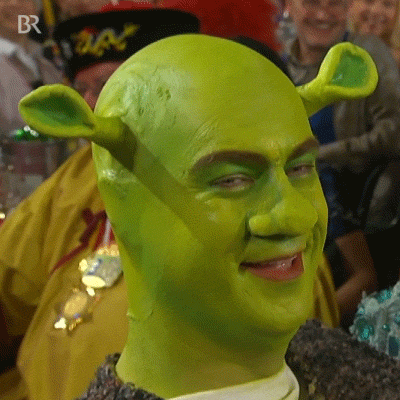


Comedy films are films that are more particularly funnier than any other genre because it emphasises on humour the most. Comedy films tend to exaggerate situations, actions, facial expressions and languages and turn some sad occurrences into one that brings laughter. They generally have a happier ending but that 'happier' ending isn't necessarily as happy as the humour could have a more negative side to it.
Comedy films tend to lean less to having a hierarchy in that world and instead see everyone as equal; nobody is better or more dominant than the other. Moreover, because of this, there aren't much use of different types of shots and angles as the camera is just most in its natural position.
The setting is usually basic and can be anywhere, its commonly filmed in bars, school and home.
More than any other genre, comedy uses the most amount of funny sound effects to emphasise on jokes and facial expressions. Sound effects help to make, whatever happened, more funny.
DRAMA:


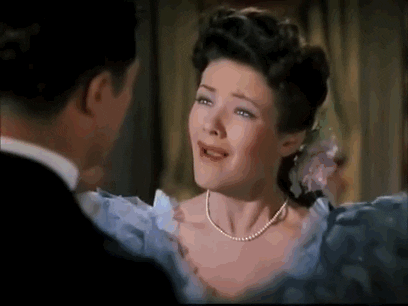

The Drama genre in film is typically the most serious genre as its full of dramatic scenes and situations. This is a genre that has a lot of sub-genres, for example, crime, historical, melodrama and courtroom.
The plot structure in drama films are very clear and sharp and can usually be relatable as they are based of real life scenarios and issues. The characters go through their realistic world and the audience is shown them at their best and worst states. Drama films make it easier for their audiences to sympathise wit the characters. This means that their clothes are casual, simple, basic, extravagant , depending on the situation event in the film itself.
SCI-FI:


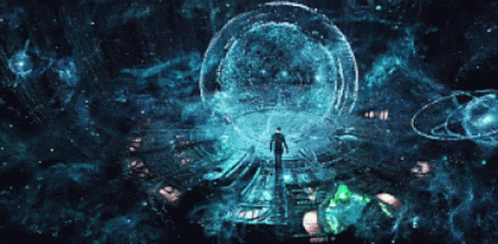

SCI-FI is the abbreviation for Science Fiction, and its a genre in film that is fiction based on futuristic and tech stuff.
Commonly SCI-FI films focus heavily on science related things and space, cyborgs, robots, aliens, technology etc. Some of the things and scenarios that this genre consists of commonly, does not really exist in the real world.
Usually a sci fi film will just be about good vs evil. There will commonly have bit of graphic animation for fake entities and beings, and there will be a lot of establishing shots and wide shots to show the setting from afar.
FANTASY:





The Fantasy genre is the creative, unrealistic, imaginative genre full of fiction. Literally nothing is real and most of the time CGI will have to be involved.
Superpowers, magic, creatures castles, nights etc, will be involved in these films.
Another common convention is the fact that there is usually an adventure/quest in these types of films, with the main characters and their 'side kick'. Their side kick could be a mystical creature that can talk the same language as the humans and can fly.
A convention of fantasy films could also be that there is a narrator in it to tell the story.

*THEORY:
The theatrical concept of each genre:
horror, action, thriller, romance, sci-fi etc
• Barthes: Semiotics
• Todorov: Narratology
• Levi-Strauss: Structuralism
• Neale: Genre
Horror:
Barthes | Semiotics
Symbolic:
Audio:
Technical:
• High Pitched
• Screams
• Heartbeats
• Thuds
• Clashing
• Silence...
• Ominous
• Close-ups
• High/Low angles
• POV (Point of View)
• Establishing shot
• Handheld
• Tilts
• Long Shots
• Dolls
• Weapons
• Keys/Locks
• Blood
•Reflection
• Binary Opposites
• Religious symbols
Todorov | Narratology
Dolls In Horror films there is usually a protagonist and a monster (the villain). The protagonist has a set task or quest to either escape or defat the monster. Theres a few plot twists and jump scares throughout. They play on fears that people have like violence, the dark, monsters etc.
Levi-Strauss | Structuralism
• Party + Teens = Death
Neale | Genre
COMEDY:
Barthes | Semiotics

LAA:
Micro-analyses of two different short films:
Horror Short film:
The video above is called "Bloody Mary" and it's a horror short film from YouTube. This short film is what you would call your conventional short film from the horror genre. From the camera and editing techniques to the stereotypes and mise-en-scene.
Firstly the main character is in a lowkey lit house, from beginning to end- all throughout. Due to this, I knew that everything happened at late night. The main characters face, plus elements of the background, were the only things brighter and visible because of the lit candle she was holding. Darkness is a symbol of mystery and the unknown. It is a well known effective common convention of this genre as the primary aim is to play on common fears evoking feelings of shock, fright and disgust. It was honestly effective because, personally, it made me feel unedge. If it was all in highkey lighting, everything would have been bit too revealing and optimistic, lacking suspense.
In regards to character stereotypes, horror films are commonly known to have a fragile, naive and vulnerable female figure who lets curiosity get the best of them, and never really stopping until they meet something sinister. The sinister character, in this case, was Bloody Mary itself. Bloody Mary is a ghost entitled figure, looking like a possessed woman, who appears after its name is chanted 3 times, in front of the mirror at night. The main character in this short film did just that, constantly speaking to her recording camera about doing the 'Bloody Mary Challenge'. Skip forward towards the end, she got tricked by the ghost after letting it into the door thinking it was her dad. We don't really know what happened at the end, as the short film ended with a jump scare of Bloody Marys dreadful face. Jump scares are very common in horror films too as they startle the viewer with severe fright.
We do not see the main character, then.
According to Barthes Semiology theories, the semitics of the audio, symbols and technical, revealed that this truly followed the aspects that make up the typical horror film. For example, in regards to audio, there were plenty silences, heartbeats, bangs and thuds. When the jump scare happened at the end, Bloody Mary did a very ferocious high pitched scream that was unsettling and disturbing.
Thanks to the close up shot, we were able to see Bloody Marys spooky face up close with the jump scare which added on to the fright.
Drama Short film:
The video above is called "INHERITANCE" and it's a drama short film from YouTube. This short film is what you would call your conventional short film from the drama genre. From the camera and editing techniques to the plot structure and mise-en-scene.
Firstly the main character and his partner start of the scene, as he vomits in the toilets whilst being comforted by his girlfriend. It clear to see that that scene occurrs in the evening as the room is dim and in the next scene the couple is both scene in bed with the TV and lamps being the main sources of light.
This drama short film uses cinematic lowkey lighting because the darkness helps to give a dramatic look and it was effective for me as the audience because it had me drawn to the overall vibe and emotional side to the story and the matter. Because of the lowkey lighting, it emphasised on the darker tones in the scene and contrast. If the lighting was high key, it would in fact connote the opposite as kit would give of a happier upbeat feel to it. This lowkey cinematic lighting technique is popularly used in Thrillers and Horrors too.
In regards to costume, the couple were dressed in casual loose clothes, this is because it helps to portray how comfortably dressed they are in their own house together. All of the scenes in this drama short film are set indoors, in a house. First it was the couples house and then it was the mans parents house. When they got to the parents' house, we see that the costume outfit changed because of the occasion. It was clearly a special occasion in that the girlfriend got to see the guys African parents and so she dressed up as something much more afrocentrically.
There are not many proper used except the basics like a phone, books etc because its meant to replicate modern reality, and the story is mostly told and showed through the actors.
The drama genre, in film, typically is much more serious and realistic in comparison to the other genres as the plots and storylines mirror real issues and situations. It's easier to sympathise and relate to them as well as its packed with tension. In support of Todorov's traditional narrative theory, in a drama film in specific, the narrative structure begins with an incident, to the climax, ending with a solution. This short drama film does just this as firstly the man I sick as he continuously gets told he's unable to have a child, the climax is when him and his parents argue because of this and the solution lastly is the fact that the parents agreed with him.
In regards to the camera techniques, since its not a horror, there aren't any tilts or POVs but shots that give a sense of naturalism and are quite basic like close up shots, medium shots and long shots. Close up shots are useful in drama films as they help to emphasise on the expressions of the subjects face. For example at 00:14 there was a shot of the girls face ;looking horrified and concerned at her boyfriends sickness. It helps the scene look more of a tragedy.

*PLANNING:
Pre-shoot for section of our short film;
the resolution:
• Shot List
• Storyboard
• Shooting Schedule
• Equipment Booking
• Location Recce (Inc. Permissions)
• Risk Assessment
• Sound Log
•Script
*Storyboard
*Risk Assessment
*Narrative
*Script
*Shooting Schedule
*Log Sheet
*Logs 1-7
*Location Recce
*Sound Log Sheet
*Shot List
*Logs 8-10
